"I Prayed for My Granddaughter, Begged the Righteous for Help, and the Illness Simply Disappeared"
Rabbi Yitzhak Hanania visits the tomb of Shimon the Righteous daily for 40 years, praying and witnessing miracles. Amidst regional tension, the number of visitors is surging, revealing a powerful reason why.
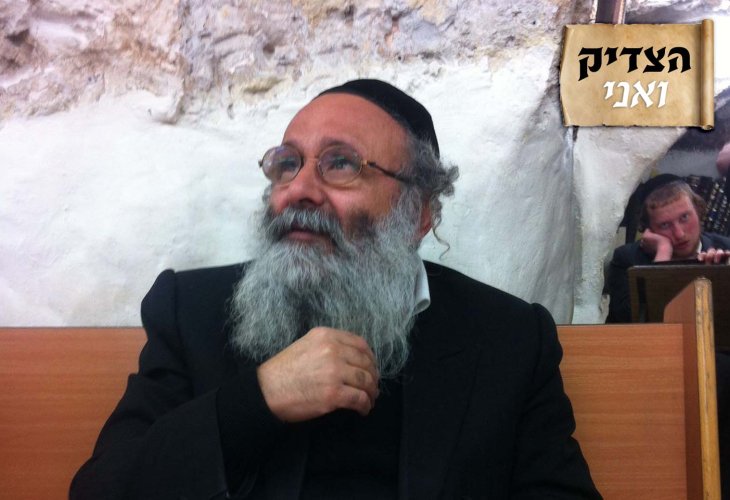 Rabbi Yitzhak Hanania
Rabbi Yitzhak HananiaThe Shimon HaTzaddik neighborhood. Recently, this Jerusalem neighborhood has made headlines repeatedly, becoming a public concern. Incidents like stone-throwing and shootings have become routine, and the disturbances by Arab residents show no limits.
Yet, amidst all the chaos, there is an "island of tranquility" - the tomb of Shimon the Righteous. Interestingly (or perhaps unsurprisingly), during these tense times, it sees more visitors than usual.
To learn more about the place, we spoke with Rabbi Yitzhak Hanania, who visits the tomb daily. Although he doesn't live in the neighborhood, rather a half-hour drive away in Ramat Shlomo, it doesn't stop him from coming every day, including Shabbat and holidays.
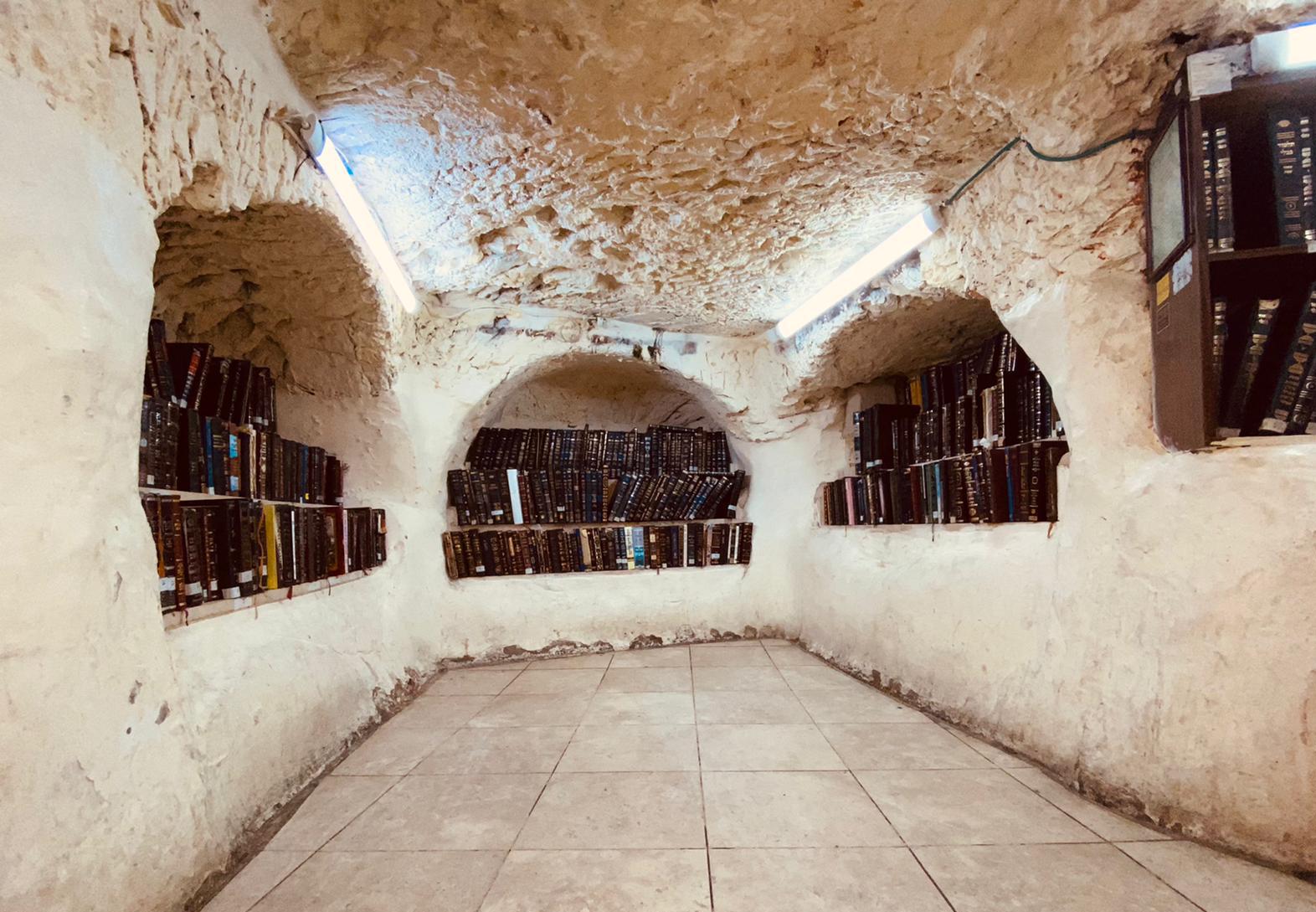
Praying and Witnessing Miracles
"I have been visiting Shimon the Righteous for nearly forty years, since I became religious," says Rabbi Hanania. "Back then, the tomb wasn't renovated, and almost nothing was there, yet the feeling was truly uplifting. I couldn't detach myself."
Since then, he has been a regular visitor, even completing the Talmud there. His presence is inseparable from the righteous man’s grave.
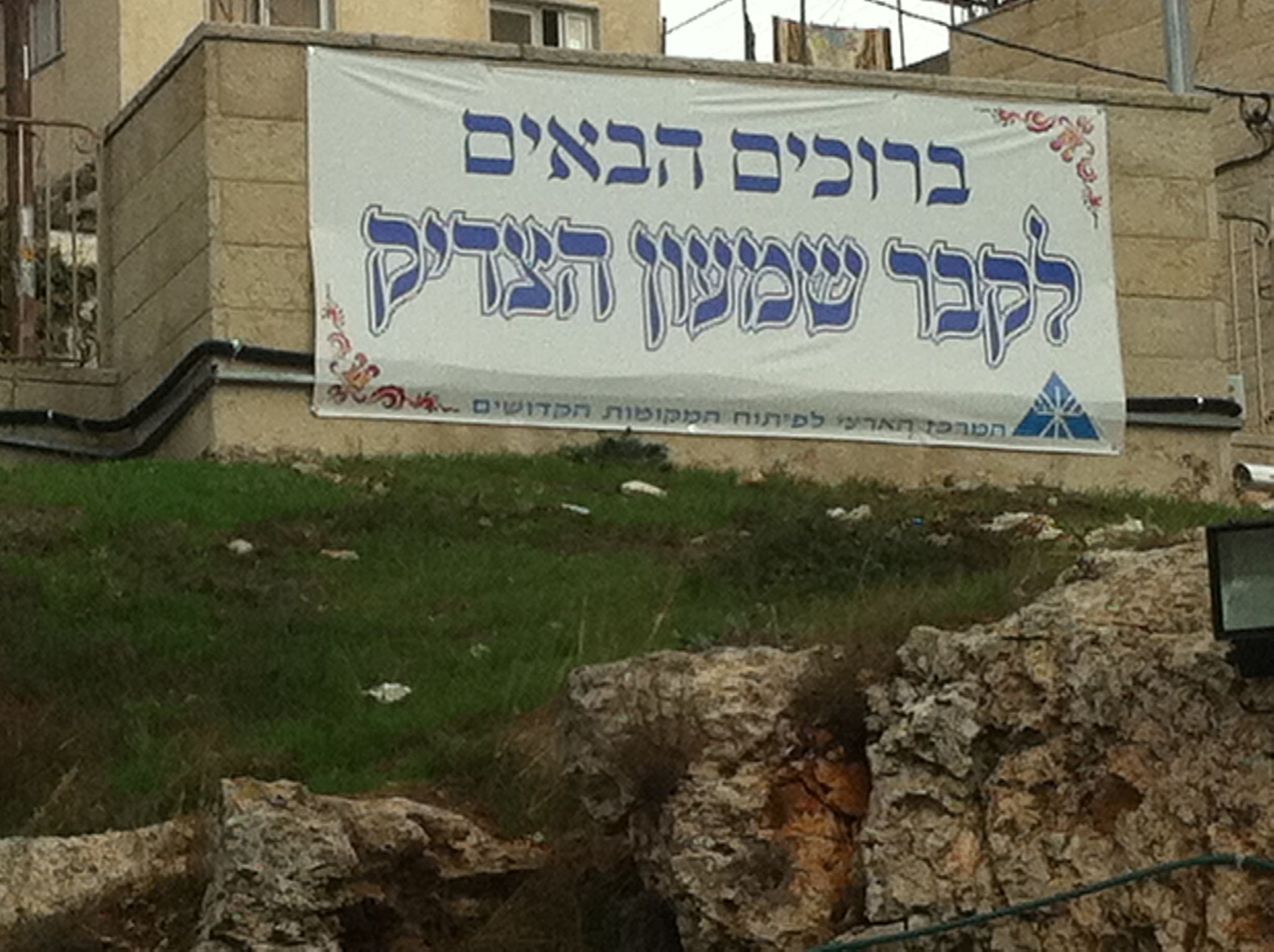
"There's a significant difference between the tomb I knew when I started coming and how it looks today," he explains. "Initially, hardly anyone came to pray; they even paid people to do so. Mainly, very elderly people came, some of whom told me firsthand that when they prayed 60 or 70 years ago at Rabbi Shimon’s tomb, asking for rain with tears, they took umbrellas as they knew the drought would break on their way back. Over the years, the site changed—now there is a kollel and yeshiva, it’s been beautifully renovated, and it's bustling with people.
"I constantly meet people who say they saw great salvations—instances of parents blessed with children, people who prospered health-wise, economically, and in tons of matchmakings."
He finds it most moving to see people who aren’t religious visiting to pray. "Recently, a non-religious man from Be’er Sheva came and held a brit for his son at the tomb. He invited his whole family and arranged catering. When I asked why do it here, he said, ‘We had no children for eight years, and when I came to Shimon HaTzaddik, I promised if I had a son, I'd hold the brit here and name him Shimon. Nine months exactly after that prayer, we were blessed.’"
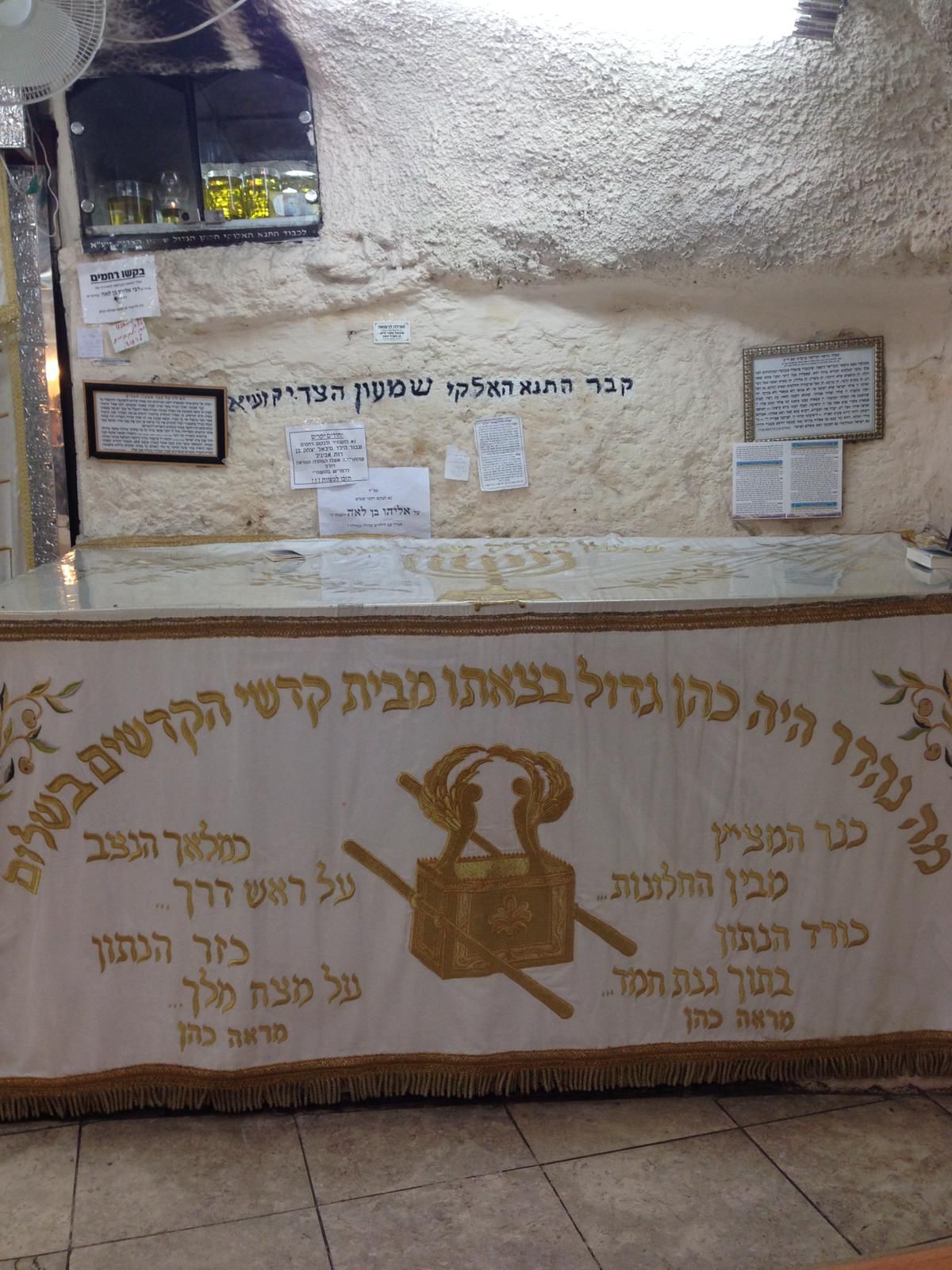
"And that's not the only case," he emphasizes, "because people tell me all the time that they simply came and innocently asked for anything, and saw great miracles. The righteous continue to act for us, even after their passing."
What do you do while you're at the site?
"I have regular study partners, I also learn the daily page of Talmud, and participate in halacha classes and Psalms reading. Overall, I'm usually there from 7:30 in the morning until one in the afternoon daily."
Visitors from All Over the Country
When do most Jews visit Shimon HaTzaddik's tomb?
"On Lag BaOmer, while many head to Rashbi in Meron, thousands come here to Rabbi Shimon HaTzaddik. There are hundreds of children having their first haircuts and large prayers and celebrations. The police close off the area and supervise everything for safety.
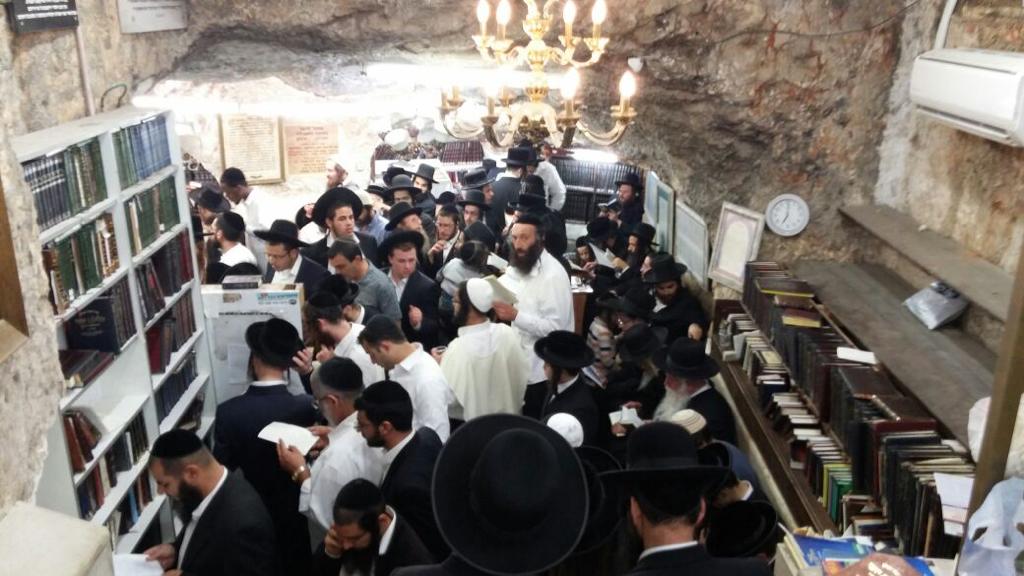
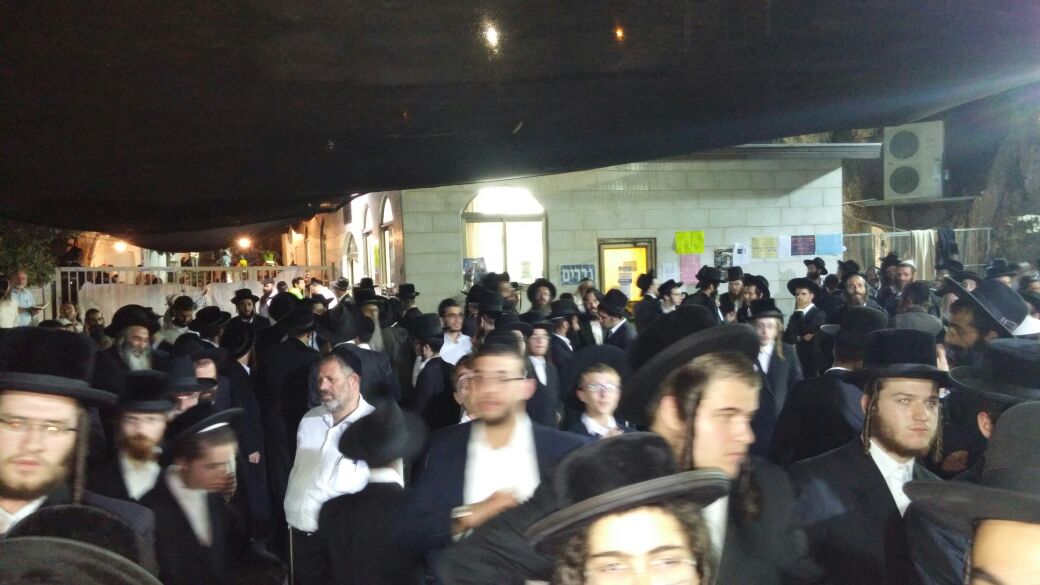
"Additionally, the annual hilula occurs on 29th of Tishrei, the anniversary of Shimon HaTzaddik’s passing. It is said that as a High Priest, he would enter the Holy of Holies on Yom Kippur and a white angel would accompany him out, but in the last year of his life, a black angel accompanied him. Shimon HaTzaddik said it would be his last year, and indeed in that month—on the 29th of Tishrei, he left this world. The hilula at the tomb is a very important and grand day, packed with Torah study all day long, as people come to pray and get blessed by the righteous himself."
What about the current situation, with all the regional tension?
Today, despite the challenges, people visit throughout the day, even more than usual. Apparently, people feel a special need to strengthen the site and simply come. I want to stress that despite riots and upheavals in the area, the vicinity of the tomb is calm and serene. This might be connected to the Arab family residing above, who understands the significance of living above the righteous and has taken responsibility for its safety. Arabs in Jerusalem are more afraid of them than the police and dare not approach. Of course, the righteous’s power and Hashem who protects us always play the main roles. The area is also surrounded by security cameras, and thankfully, there have never been severe incidents inside the tomb."
The Illness Disappeared
To conclude, Rabbi Hanania shares a personal story. "It's about my granddaughter," he says with a choked voice. "About two years ago, she was diagnosed with leukemia at just 18 and was hospitalized in critical condition. The doctors and her parents were at a loss, as her condition was worsening, and at one point, they already lost hope.
"Her physical suffering was immense, and she underwent terrible trials, changing so much physically that she was unrecognizable. I remember one instance where her parents returned from a tough, failed treatment, pleading with me to go specially to Shimon HaTzaddik to plead for mercy.
"I sat there for hours, crying and begging Shimon HaTzaddik to act as he did as a High Priest when he would pray for mercy on Israel. I was convinced he could annul the decree. When I left, I felt the prayer was accepted, and indeed, that very week, her condition improved, and she continued progressing until she was completely healthy.

"The department head who treated her repeatedly told her parents it was a true miracle, and she wasn't familiar with similar cases. But for me, it wasn't a miracle; it was the power of prayer at the righteous's site, because clearly, he can turn strict judgment into mercy. That's how he operated in this world, and so he continues in the world to come."

